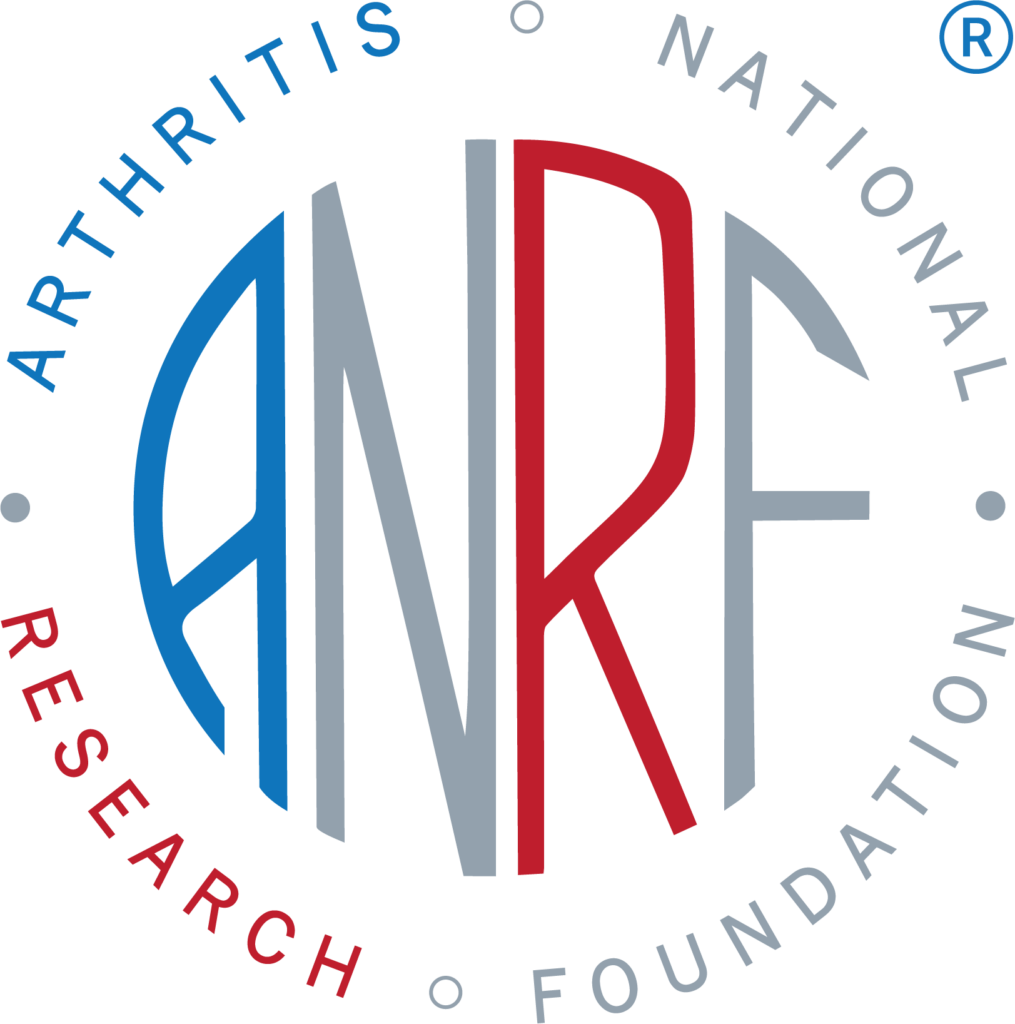Quantifying joint loads in osteoarthritis: How cartilage maintains joint health

Biomechanical Stimulation of Cartilage Antioxidant Function
As the primary cause of disability among older Americans, treating and preventing osteoarthritis represents a major opportunity for extending the healthy life spans. Altered loading of joints, as occurs with obesity or joint injury, is considered a primary risk factor for osteoarthritis. However, some forms of increased loading, such as physical therapy and exercise, reduce joint pain and improve function. It is not well understood how some forms of joint loading cause damage while others are protective.
Different types of joint loading may protect, or damage, the joint by altering the production and clearance of free radicals. Free radicals are highly reactive molecules capable of causing oxidative damage to DNA, proteins, and lipids. Osteoarthritis is associated with increased levels of oxidative stress and damage in joint tissues. Dr. Griffin is testing the idea that normal types of joint loading, such as those from exercise, help protect cartilage from oxidative damage by increasing the intrinsic antioxidant function of the tissue. In addition, he is studying how the level of loads applied to cartilage affects the ability of cartilage to get rid of damaging free radicals and pro-oxidants. The ability of cartilage to remove excess levels of free radicals may be critical for maintaining joint health with aging.
By better understanding the ways in which biomechanical stimulation alters free radical production and removal, we hope to identify new therapeutic approaches for treating osteoarthritis, particularly in the context of joint injury, obesity, and aging. Furthermore, this research may lead to new strategies for Tissue Engineering applications whereby biomechanical preconditioning may improve implant survival and function by upregulating cellular metabolic and antioxidant pathways.





